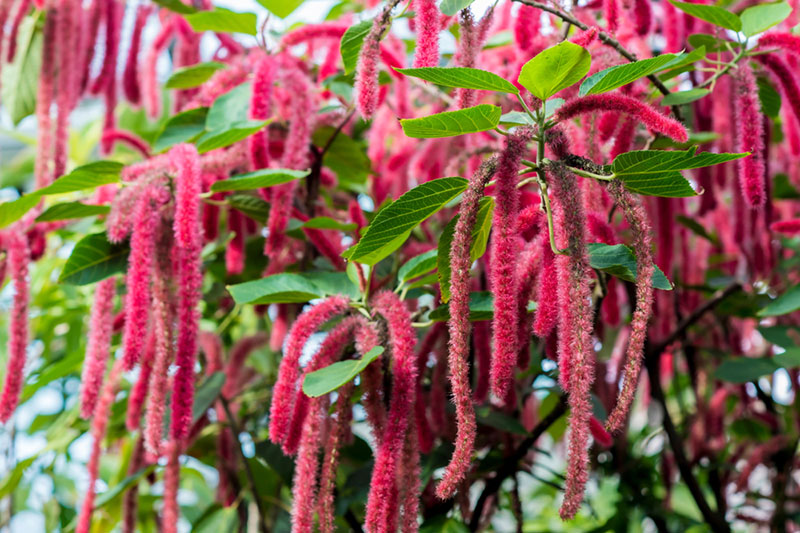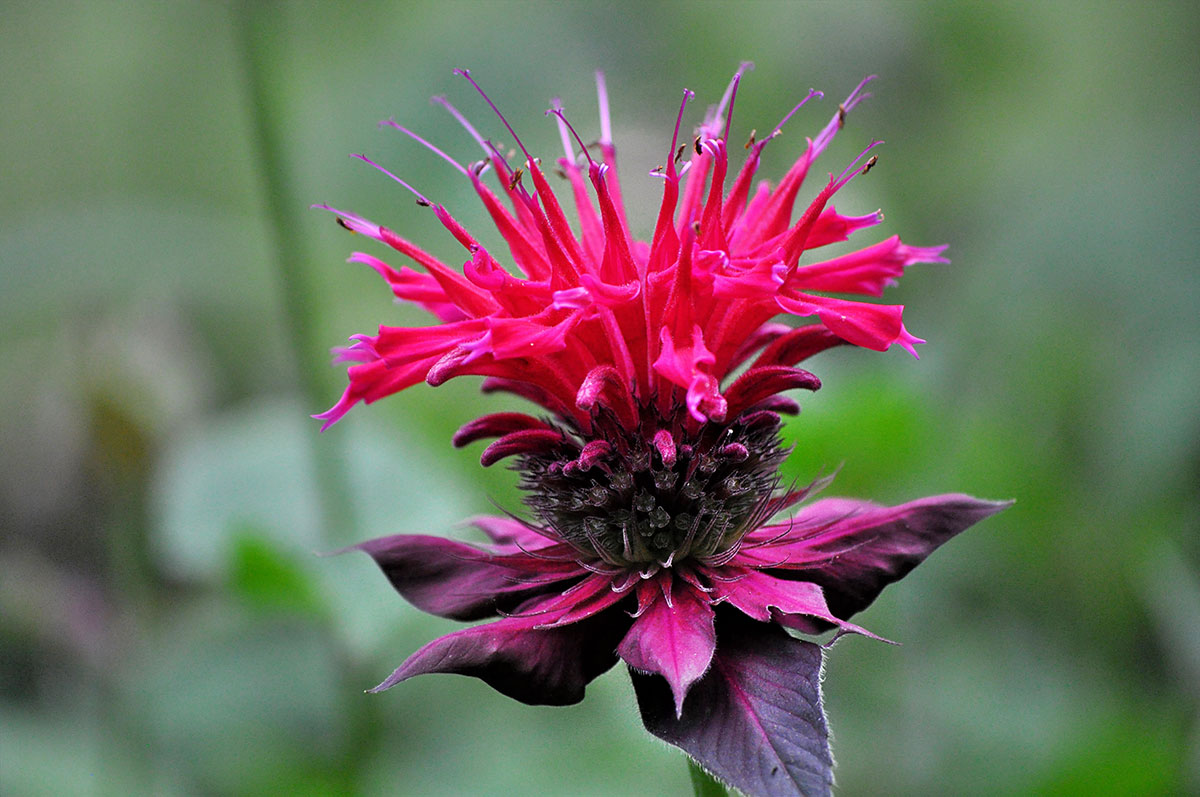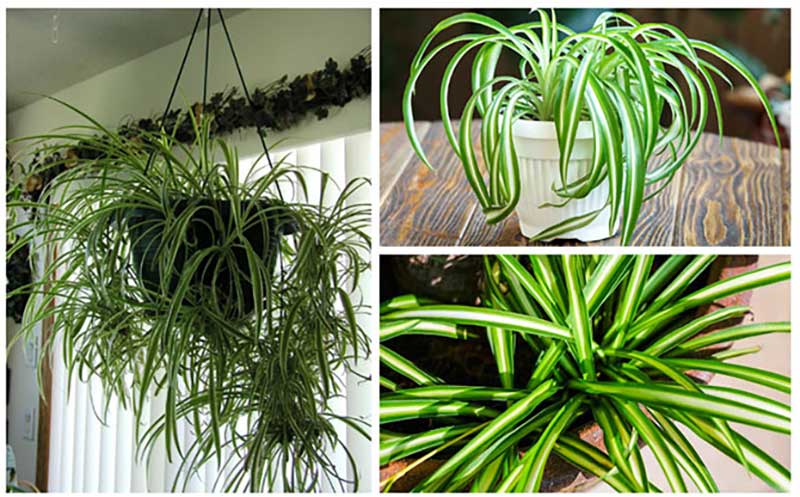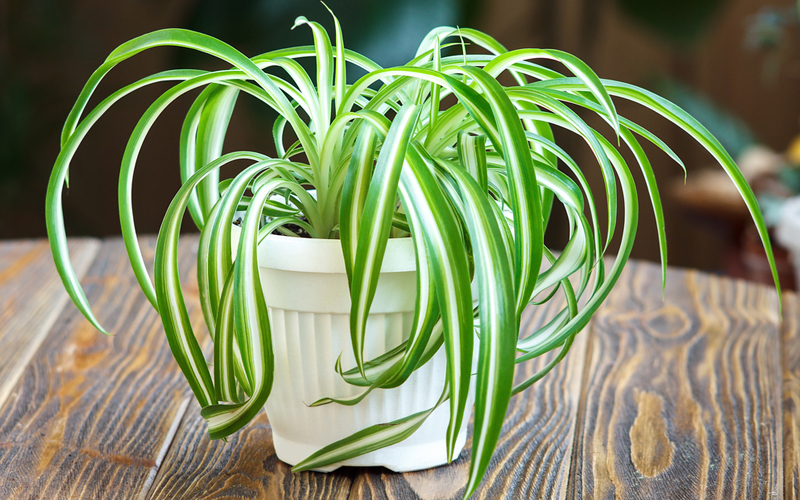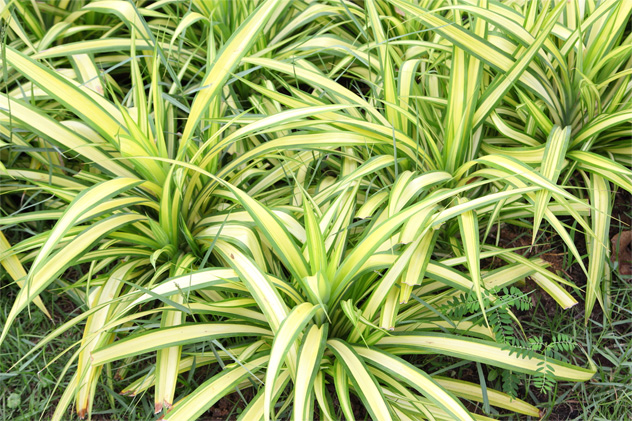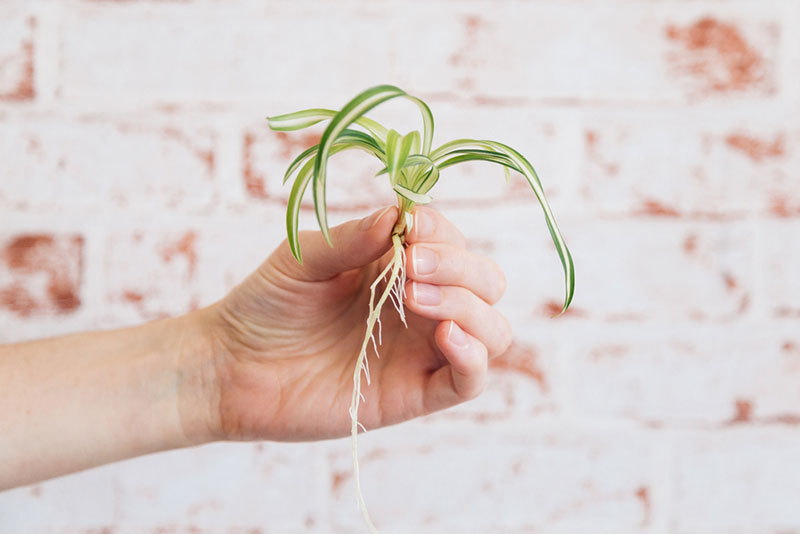
Does your spider plant have a plethora of spiderettes hanging from it? Are you trying to increase the collection of plants that you have in your home or office? Well, Spider plants are one of the easiest plants to propagate, so if you already have a spider plant, then give your babies a new home.
You can even share them with your friends who may be lacking houseplants. How do you create new plants from spiderettes? Let’s start by exploring how spider plants reproduce.
Offspring Production
Spider plants typically produce off-spring during the shorter days of the year. To encourage a plant to reproduce, you will need to emulate that lack of light in your home.
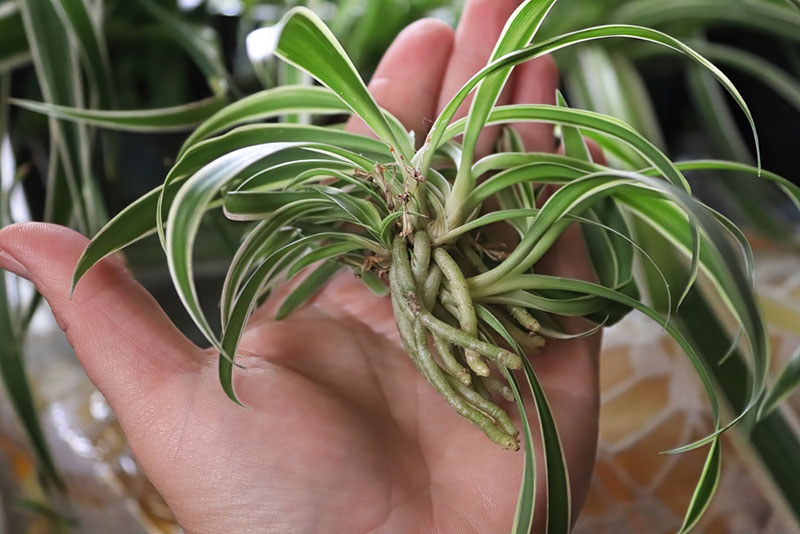
A great way to do this is by hanging the plant in a room that is not often used when the sun goes down.
The less light that it receives after dark, the more likely it is that the plant will bloom.
Once you see that the spiderettes are forming, you can choose to propagate the plant now or wait until the roots begin to form properly.
Waiting until the roots are formed is the best way to transplant the spiderettes into their new home, but let’s explore both methods.
Propagating in Water

If you decide to remove the spiderette before the roots have formed, you will need to start the plant in water.
To do this, simply place the root area, which is a small protrusion on the spiderette, in a container of water.
The leaves should not be touching the water, if they are, try to reposition the spiderette or place it in a smaller container that will keep them out of the water.
In a few weeks, you will begin to see the roots. Once the roots are formed, you can move them to soil.
Propagating in Soil

If the spiderette already has roots, then you will start with this step.
Remove the plants from the flowering stem and push the roots of the new plant into moist soil in a pot that drains well.
Make sure that the roots are fully covered. Water the plant regularly and keep it in a well lit area to see new growth in a few weeks.
If you are having issues with the spiderettes taking root, then you can plant them in the same pot as the mother plant. Leave the spiderette attached to the mother until the new plant is strong enough to survive on its own.
Propagating on Paper Towels
Another method for propagating your spider plant is simply by using a damp paper towel.
1. Find a node on the plant and cut beneath the node.
2. Take a bowl or plate and lay a damp paper towel on it.
3. Place your cutting on the damp paper towel
4. Keep the damp paper towel moist by frequently wetting it with a water sprayer.
5. You’ll soon see the roots starting to grow! 🙂
Potential Problems
Reproduction is natural for spider plants, but sometimes the plant will fail to reproduce. Typically, this is a result of too much fertilizer being used.
During the fall and winter of the year, spider plants slow their growth a bit, so fertilizer is not required to grow as much. Reduce the amount of fertilizer you use to ensure that this does not occur. If the mother plant is not completely healthy there is a chance that the issue can be passed on to the spiderettes.
Young spider plants require moist soil to grow and root into the soil properly. Be careful not to over water the plant, and as long as it is getting plenty of light, you will see new growth in a few weeks, which means that the spiderette has taken root. Congratulations! You have a new addition to your indoor garden.

